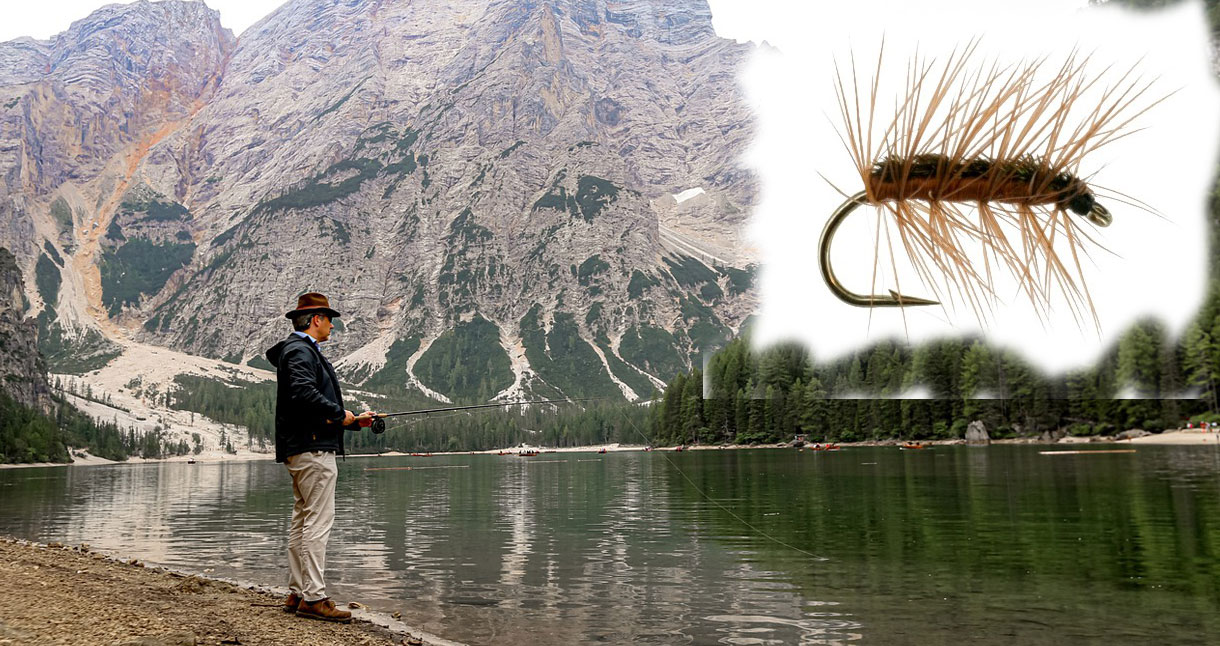
Missouri Most Wanted
Hands down one of the most infamous flies in the Missouri Sportsman’s Club fly box is the crackleback. But what makes this fly so unique? Where did it come from? Why do people absolutely love fishing it? In this post we will dig down in the history and strategies for fishing this fly.
HISTORY
The Crackleback was first tied by Ed Story, founder of St Louis based Feather-Craft, in the 1950’s. The fly doesn’t mimic really anything in particular but actually resembles many different flying creatures which trout find irresistible. The crackleback is so versatile it can be fished as a dry, wet, nymph, and dropper. Some folks say it’s a variation of a Griffith’s gnat or a wooly worm, but regardless this is one fly you want in the arsenal.
CONSTRUCTION
The fly is simple yet effective and is usually tied in size 10-16, using black thread, body varies but usually tinsel or dubbing, peacock herl is used for the back, and then wrapped with furnace hackle. Although this would be considered in my opinion the “classic” there are myriad variations of the crackleback. This fly is a great beginner fly and easy to tie. Try a variety of colors you will not be disappointed!
HOW TO FISH
The crackleback can be fished a multitude of ways depending on the weather and river conditions. Crackleback’s can be fished as a dry, be covered with floatant (we like Frog’s Fanny) and skate it across the surface of the water for late spring/summer strikes. You can strip or swing it just under the surface. For deep water stubborn trout, you can attach a split shot around 12-15 inches from the fly for an accelerated downstream presentation. Lastly, you can float like a dry, then, as the drift ends, pull it under and strip under the surface.
continue reading

